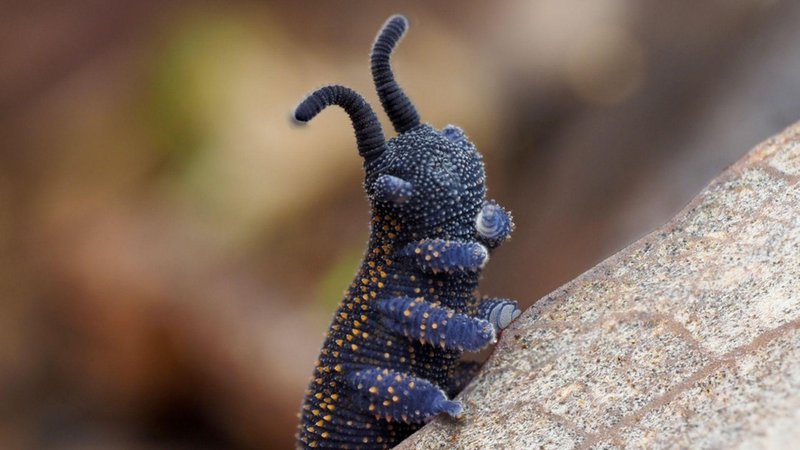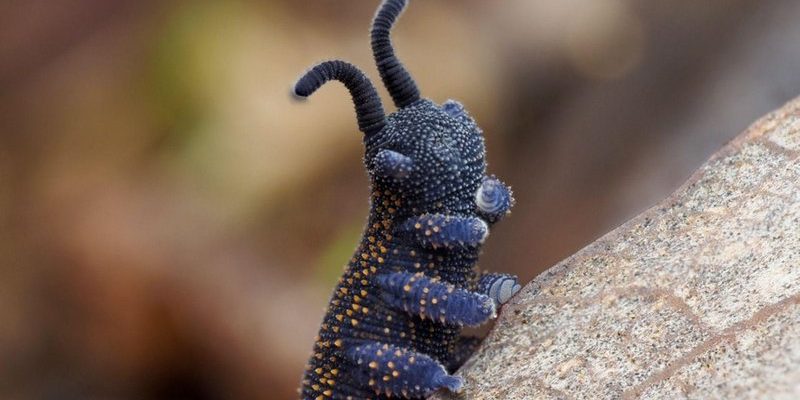
Using velvet worms in education isn’t just about teaching facts; it’s about sparking curiosity. Just like a child’s fascination with dinosaurs can ignite a love for science, engaging with velvet worms can help students see evolution in a new light. So, let’s dive into how these whimsical creatures can enhance the learning experience in the classroom.
What Are Velvet Worms?
Velvet worms, or *Onychophora*, are soft-bodied, segmented invertebrates that thrive in humid environments. They are often described as a blend between an annelid worm and an arthropod, sporting a velvety texture that gives them their name. These fascinating creatures can grow up to 15 centimeters long and have a number of interesting features, like the ability to shoot slime at predators or prey.
Their appearance can be quite captivating, with a body covered in tiny, hair-like structures called papillae, which help them sense their surroundings. You might be wondering why anyone would care about these seemingly strange creatures. Well, their unique evolutionary history makes them a perfect subject for teaching students about evolution in a hands-on way.
The Evolutionary Significance of Velvet Worms
Here’s the thing: velvet worms are thought to be one of the closest living relatives to the ancestors of arthropods, which include insects, spiders, and crustaceans. By studying these creatures, students can gain insights into how life has changed over time. Their body structure, reproductive methods, and even behavioral characteristics provide a snapshot of evolutionary history.
For example, the way velvet worms hunt—using slime to immobilize prey—illustrates how evolution leads to the development of specialized adaptations. Teaching students how these adaptations work helps them understand natural selection, one of the key components of evolutionary theory.
Creating Hands-On Learning Experiences
Using velvet worms in the classroom can transform abstract concepts into exciting lessons. For instance, you can set up a classroom activity where students observe the behavior of velvet worms, perhaps comparing them to other animals in a discussion about adaptation. This hands-on approach allows students to engage directly with the material, creating a memorable experience.
You could even organize a field trip to a local museum or nature center that features velvet worms. Having real-life encounters with these creatures can inspire students and deepen their understanding of evolution. Engaging students in discussions about their observations promotes critical thinking and sparks curiosity.
Incorporating Velvet Worms into Curriculum
Integrating velvet worms into your biology curriculum can be smoother than you think. Start by connecting their unique features to the key concepts of evolution. This could include discussions about phylogenetic trees, highlighting how velvet worms fit into the tree of life.
Consider projects where students can research and present on different aspects of velvet worms, such as their habitat, diet, and reproductive strategies. This not only reinforces their learning about evolution but also develops their research and presentation skills. The creative freedom in these projects can lead to exciting discoveries and discussions among students.
Addressing Common Misconceptions about Evolution
Evolution can be a tricky topic for many students. Misconceptions often stem from misunderstandings about how evolution works and what it means for species. Using velvet worms provides a great opportunity to clear these up.
For example, students might think evolution is a linear process, with one species evolving into another in a straight line. Velvet worms, with their ancient lineage, illustrate that evolution is more like a tree with branches—some species thrive, while others become extinct. By examining the adaptations of velvet worms, you can help students grasp the concept of evolutionary changes over time more clearly.
Connecting Velvet Worms to Broader Ecological Concepts
When teaching about velvet worms, it’s important to connect them to larger ecological concepts. For instance, you can discuss their role in their ecosystems and how they interact with other species. This leads to a broader discussion about biodiversity and the importance of different species within an ecosystem.
You might talk about how velvet worms contribute to soil health and nutrient cycling. These discussions can encourage students to think critically about environmental conservation and the impact of human activities on various species. Understanding these connections helps students appreciate the complexity of ecosystems and the importance of protecting them.
Wrapping Up the Learning Experience
Using velvet worms to teach evolution isn’t just about understanding the creatures themselves; it’s about fostering a love for biology and science. When students engage with real-world applications of evolutionary principles, it cultivates their interest and reinforces their understanding. By creating interactive projects, encouraging discussions, and connecting velvet worms to broader ecological issues, you make learning an adventure.
Incorporating these unique creatures into your teaching strategies can change the way students perceive evolution, turning what can sometimes seem like a dry topic into an exciting journey through time. So, next time you’re preparing a lesson on evolution, consider bringing velvet worms into the mix. Your students will likely thank you for the engaging experience!

